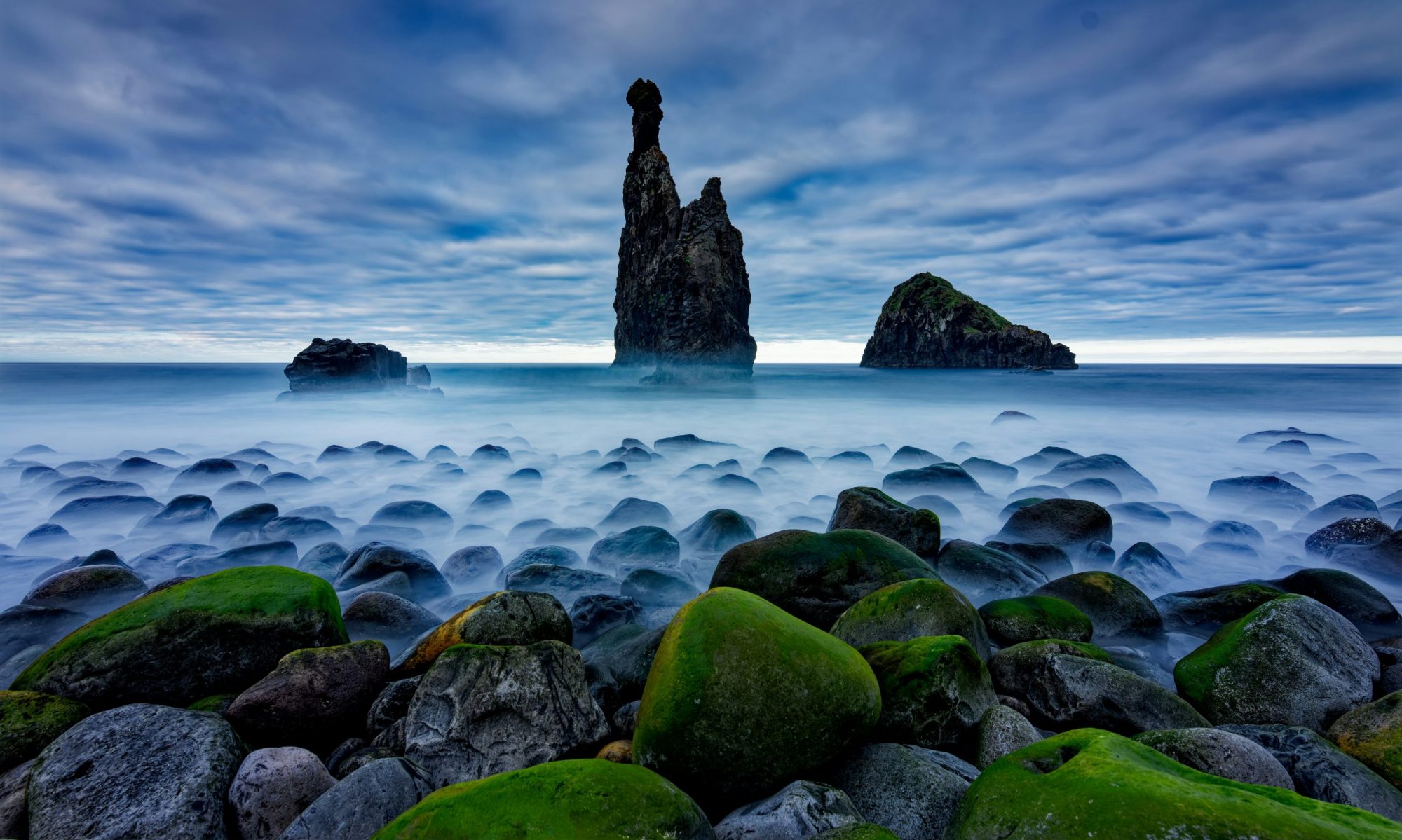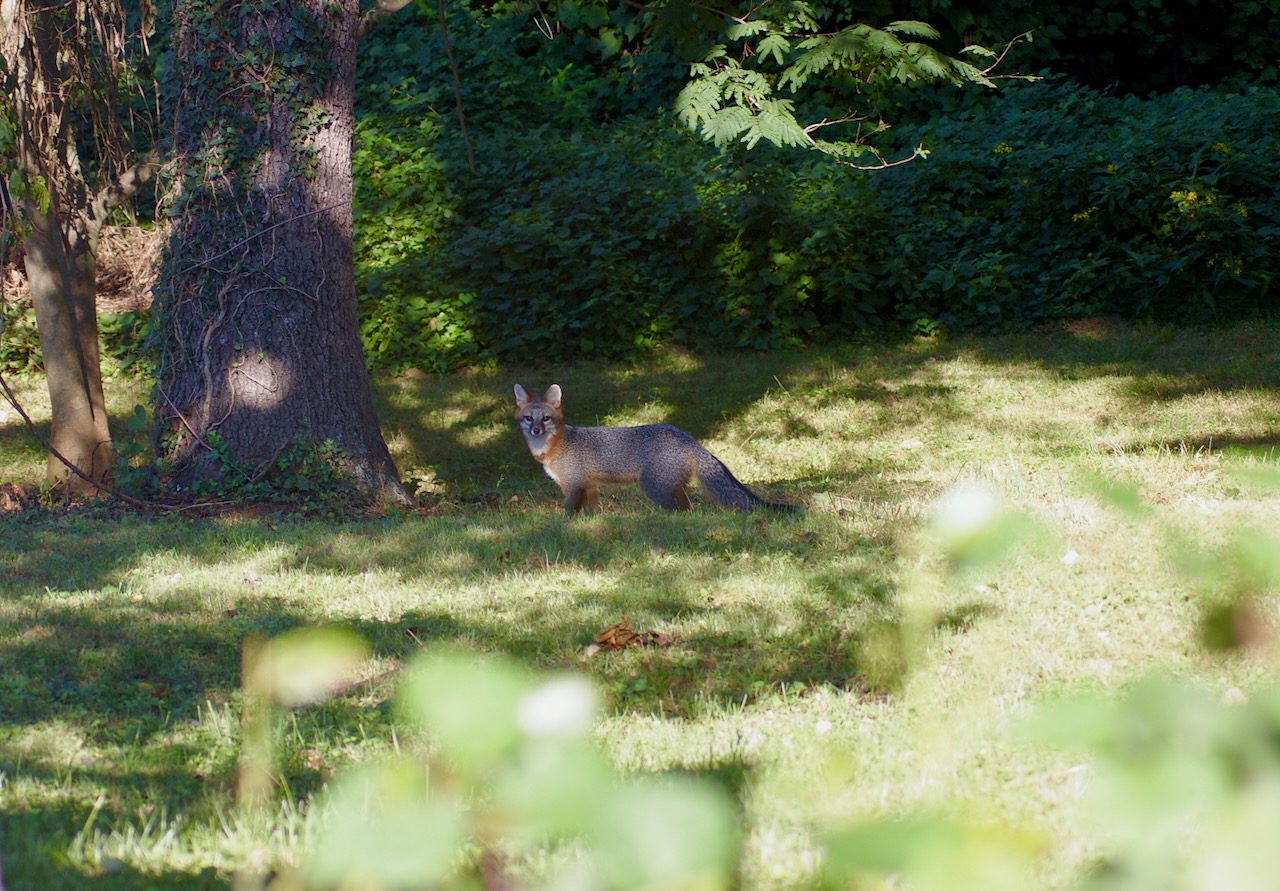Introduction
Pat Matsueda invited me to edit this edition of Vice Versa though I barely know a dozen people, nearly all of whom are relatives. An actual recluse is not an ideal editor, but I can claim a lot of decades of editorial experience previous to retirement.
The theme of this issue is obsession. The theme could also be works in progress, with chapters by Pat, Lillian Howan, Greg Dobrasz, and the duo of Edward G. Mawyer and myself.
Obsession has many faces in this issue, many of them named Mawyer. Obsession often has negative implications, in the over-stalked and hunted-out culture of America in 2023. But obsession can also describe a state of complete commitment—the amount of attention and effort needed to achieve our desires and goals. We rightly pity and sometimes fear the obsessed. We can never be sure what the obsessed are capable of. As Amazon’s Alexa says about the woodchuck, we may even have trouble determining what they would do if they could.
The narrator of Lillian Howan’s “Do I Need a Lawyer,” excerpted from a work in progress, finds quandaries in her life blooming like petals, unfolding the promise of sharp-edged and ironic quandaries to come. There isn’t enough of this sort of thing.
Pat’s “One Pierced Moment” seems to me to rhyme with Lillian’s mystery story, in feelings of loss and mood of questioning, not to mention the way unsettled love persists despite the unloved lover maturing and finding others.
Greg Dobrasz’s Virgin Hair is, indeed, like a breath of fresh hair in the often staid and conventional world of autobiography. This is nonfiction. Its comedy is the comedy of eucatastrophy and relief, the way we save each other by being who we are.
Angela Nishimoto’s “Teodora and Papa Eye” combines land, sea and sky in a surrealist imaginary of despair, magic and hope.
Quincy Howard contributes a tender tribute, “I Knew Love,” to the soil that helped shape and continues to strengthen a people’s identity. Howard is an ethnographer and documentarian born in Columbus, Georgia, a place that informs a major part of his work and journey.
Debra Hiers, of Atlanta, brings us “Ghost-Jangling Dreams,” a voice from the haunted South.
Pictures speak for themselves in their own voices. Alan Mawyer’s poetic Blue Ridge photo essay “The Quiet Road” is the briefest of introductions to his work. He does not particularly call himself a nature photographer. Nature is not a separate category—nature is what is.
Pat’s second entry in this issue is the prologue to her novella. She draws our attention to the strange realities and fabrications of Forbidden Files (Les Documents Interdicts), issued over a period of twenty-one years by French filmmaker Jean Teddy Filippe. These tales of strange experience and fabrication are at the rarified peak of the paranormal film genre, and have escaped from secrecy on Vimeo. This is a good discovery and calls for a future issue of its own.
Donald Mawyer’s autobiographical essay from the High Plains of Montana is not like anything else I’ve seen. Admittedly I do not get out very much. Donnie is retired from a career as a big-game and fishing guide in Montana and surrounding states, and that’s about as extraordinary as human careers get. You’d expect the stories to be different from what you know, and they are.
“A Study in Interruption” at the end of this issue is a new addition to The Adventures of Rhesus A. Macaque, P.I., penned by Edward G. Mawyer and myself. This is science fiction from a not-so-distant future with a much bigger ocean, and not just a story with a monkey in an inappropriate role. This particular story deals with the caseload of Macaque’s partner, Guy Poisson, in the future seaport of Lanta. Guy suffers from literalness. It’s all around him. The Macaque detective series is brilliantly illustrated with pseudo covers by Daniel Mawyer, who teaches at Damien Memorial School in Waimānalo, Hawaiʻi.
Banner image of fox by Alan Mawyer
Gary Mawyer is a retired editor and author who lives outside Charlottesville, Virginia. His books and blogs are available at his website, and other writing can be found in VV and Auteur Limits.


